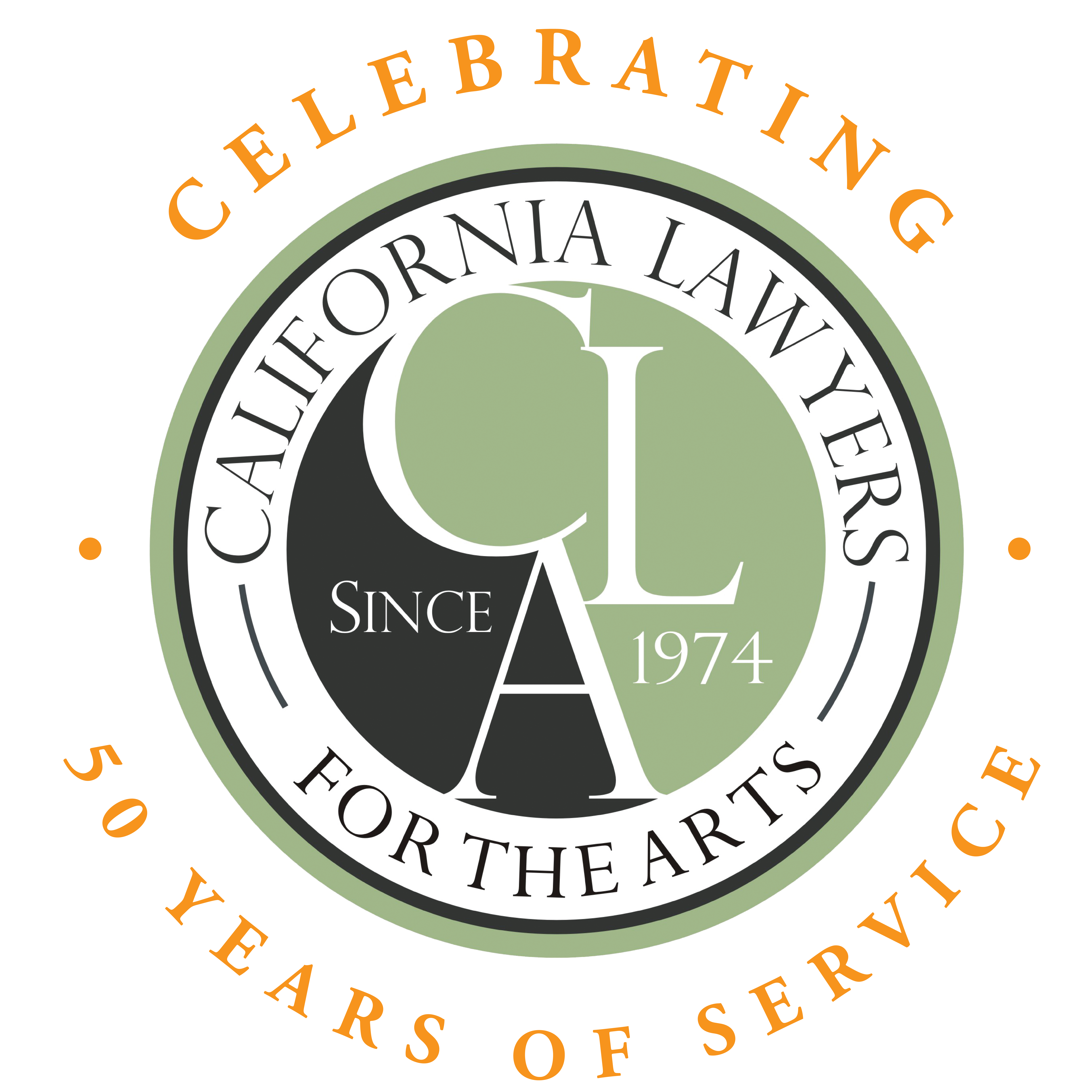As Congress and the US Department of Education wrestle with how to fix
No Child Left Behind, arts education advocates are hoping that the acknowledged failures of “bubble testing” and blaming teachers will reveal a path to a more robust public education program that includes the arts.
Malissa Feruzzi Shriver, Chair of the California Arts Council, has a passionate concern that arts education has been “privatized,” available only in private schools and wealthier public schools where parents can afford funds for enrichment “extras.”
California was one of five states that participated in the 2011
Education Leaders Institute funded by the NEA to develop arts education strategies. In addition to Malissa, California's team included
Craig Cheslog, representing State School Superintendent
Tom Torlakson, and
Larry Powell, the Fresno County School Superintendent who became a media star when he voluntarily reduced his annual salary to $31,000 for the next three years in order to save more than $800,000 for programs in his District.
The CAC team brought the ELI platform back to California under a new banner: "CREATE the STATE: Core Reforms Engaging Arts to Educate." Convening for two days in mid-October at Loyola Marymount University in Los Angeles, artists, educators and administrators from both sectors heard several speakers who had ignited the Chicago meeting, including:
Education Professor
Yong Zhao from the University of Oregon declared that current US educational policies have “eroded our strength.” Questioning concerns about the achievement gap between the US and Asian countries, he asked, “Why should test scores in two subjects matter more than anything else?” While US children may compete badly on math and science test scores, he said, our kids rank #1 in confidence, which promotes innovation and creativity, passion and entrepreneurial drive.
Indeed,
Joan Straumanis, former program director at the National Science Foundation and President of Antioch College, questioned why art needs to “work,” any more than philosophy or mathematics. “Much of what we teach in mathematics is not good for anything," she said. Robust learning is long term, a foundation for further learning and transferable to novel situations. It’s not about learning a “fact,” not testable on a “bubble test,” and is, in fact, hard to test. Effective learning, she said, is multi-modal, engaged, self-motivated, pleasurable and social. Kids learn better in groups, teaching each other. In some important areas, she described how arts learning provides a cognitive transfer to other important skills, for example, music to language perception; acting to emotional intelligence.
During lunch, Fresno County Schools Chief Larry Powell shared with me his concern that more than 60% of African American students in Fresno fail to complete high school; approximately 60% of these drop-outs are involved in the criminal justice system within three to five years. He has made increasing arts education in his district one of his top three priorities, along with anti-bullying and early childhood education.
Lack of access to arts programs in schools is a signal for poor educational outcomes and greater involvement with the criminal justice system. This, then, can be viewed as a civil rights, as well as a socio-economic issue. Indeed, an analysis of neighborhoods with high rates of crime and incarceration shows a pattern of low educational achievement--not a surprise. In a recent report,
Misplaced Priorities: Over Incarcerate/UnderEducate, NAACP researchers mapped neighborhood statistics from Los Angeles, Houston and other cities, concluding that: "The ultimate outcome is a daunting visual that clearly shows a correlation between high incarceration neighborhoods and low school performance. In five cities where school performance is depicted, the low-performing schools tend to be located in the areas with the highest incarceration rates … When viewed through a geographic lens such as this, the nation’s $70 billion investment in prisons is evident in not only the criminal justice involvement of the most vulnerable communities, but also in their levels of educational attainment."
The conclusion: Lack of access to arts education in schools contributes to high drop out rates, leading to greater involvement with the criminal justice system. Assuming that you agree, the most important question for future action remains: how do you develop the public will to ensure needed funding for arts education?
Kevin Kirkpatrick of the
Metropolitan Group consulting firm provided some pointers about political framing for the CREATE the STATE audience, conceding that "a consistent and sustainable public will doesn't exist for the arts and arts education." Even if public opinion polls support arts education, how do you make the transfer to financial investment? Drawing on the work of linguist
George Lakoff, Kevin suggested building a public campaign that targets the values of the "
strict fathers" including innovation, a level planning field (instead of "fairness,") and an education that helps kids "compete and win" while reducing the burdens of crime and criminal justice.
The bottom line: The communities that most need arts education in the public school system are the least empowered and organized to demand it. That leaves it to the rest of us to have already taken care of our own, to care enough about the greater good to make the change we need. After all, the greater good is also for us. A quality education that includes the arts will pay dividends in public safety, economic development and a healthier society.
The challenge: Go out of your comfort zone and find a "Strict Father" to convert.
Alma Robinson, Executive Director
California Lawyers for the Arts

